Mighty Tadasana: How to use Mountain pose to train your balance and strengthen your hips and ankles (Part 2)
8Have you ever sat at an outdoor café on a warm spring day people-watching? If it’s a busy street and there are many people walking by, you would notice how incredibly different people’s gaits are. You will see some passerbys shuffling and others taking big steps, some almost tiptoeing and others stumping, some having spring in their step and others dragging their feet. You will see folks bringing one foot in front of the other and shifting the weight in an incredible variety of ways with the toes pointing in, forward or out, pelvis swaying or hardly moving at all. We usually don’t give much thought to how we walk, but our gait often reflects our muscular imbalances, past injuries and habitual movement patterns, as well as temperament and state of mind.
So while walking seems easy and straightforward (just put one foot in front of the other!), in reality it is a delicate dance between the muscles of the core, hips, legs and feet. We need to keep this relationship coordinated and balanced, otherwise we can’t walk far and without pain.
Generally speaking, if we want to train the body for a specific movement (in this case walking), we would want to select yoga poses that imitate this movement and strengthen different body parts that are involved. Variations of Tadasana that include balancing on one leg and doing interesting movements with the other leg are very useful for both training the body to balance and to strengthen the muscles that are directly involved in walking and standing. Let’s take a look at different Tadasana variations and what they can do for our hips.
Walking involves shifting the weight to one leg and bearing weight on it while swinging the other leg forward, which means that every potential hip movement is relevant here: hip flexion and extension, hip adduction and abduction, as well as internal and external rotation.
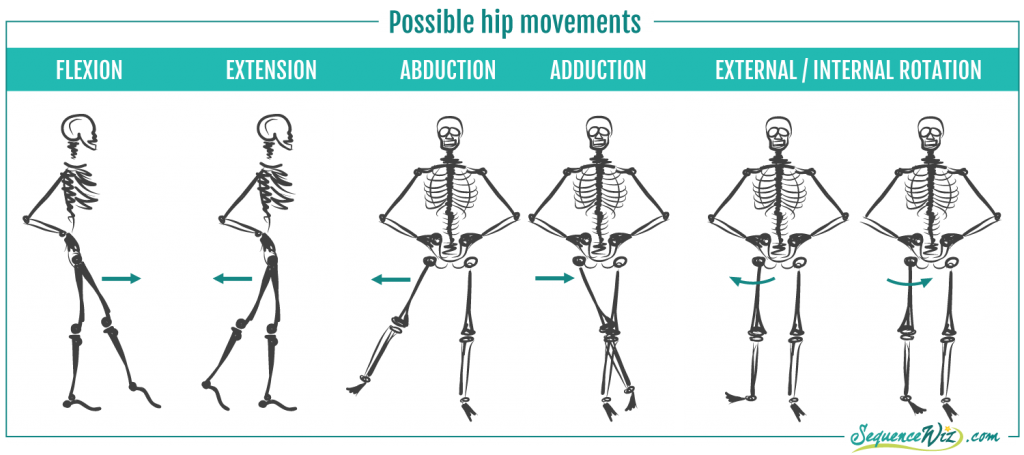 We can target each one of those areas with specific Tadasana adaptations.
We can target each one of those areas with specific Tadasana adaptations.
Hip flexion and extension are involved in lifting the leg off the ground and swinging the leg forward, as well as stabilizing the leg when it is bearing weight. We can strengthen our hip flexors with marching Tadasana, Tadasana knee lifts and Tadasana 3-position lifts (that integrates flexion with adduction and abduction). This helps to increase the blood flow to the hip flexors, loosening them up. Often it is more effective then stretching them.
Hip extensors balance out the action of hip flexors. Since we sit so much, the hip flexors often get shortened. You know how after sitting for a long time you might have trouble standing up straight at first? This tightness does not go away completely once you stand up and start walking, so it is useful to engage your butt muscles to strengthen the glutes and take pressure off the psoas. We can do that in Tadasana by combining the flexion and extension action with the straight leg and with the knee bent, as well as doing “butt kicks”.
A balanced relationship between hip adduction and abduction is essential in keeping the trajectory of the moving leg consistent, as well as ensuring that we do not collapse in the hip of the weight-bearing leg or drop the knee in. It is also essential when we step sideways. My favorite moves for targeting those areas in Tadasana are “the pendulum” and “ballerina half-circles”.
The relationship between the internal and external rotation controls the rotation of both legs while bearing weight or swinging, aids with stabilizing the weight bearing leg and assist with leg repositioning when we change the trajectory of our walk. We can do internal and external hip rotation in Tadasana with the knee bent or straight leg.
Please check out Yoga Adaptations site to view videos of all Tadasana adaptations discussed here.
As you can see, there are many ways for us to work with the hips in Tadasana while at the same time training our balance. There is no need to include too many of those options in once practice. It makes more sense to focus on the ones that fit into your overall theme and support the other work that you decided to include in your practice. And then overtime you can rotate through those options to make sure that every area is covered. When you work with students one-on-one some pose variations will be more relevant then others, depending on the imbalances that your student has. Then you can focus on those, while also keeping in mind that it is the broken relationship between the different parts that usually causes problems.
Those Tadasana adaptations are easy enough that you can practice them outside of your yoga practice to carry your balance training into your daily life, because no matter how often you do balance poses in your yoga practice, if you do not walk or challenge your balance in your daily life, you will not make significant progress. We will talk more about it next time. Tune in!

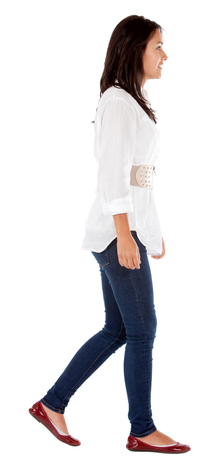
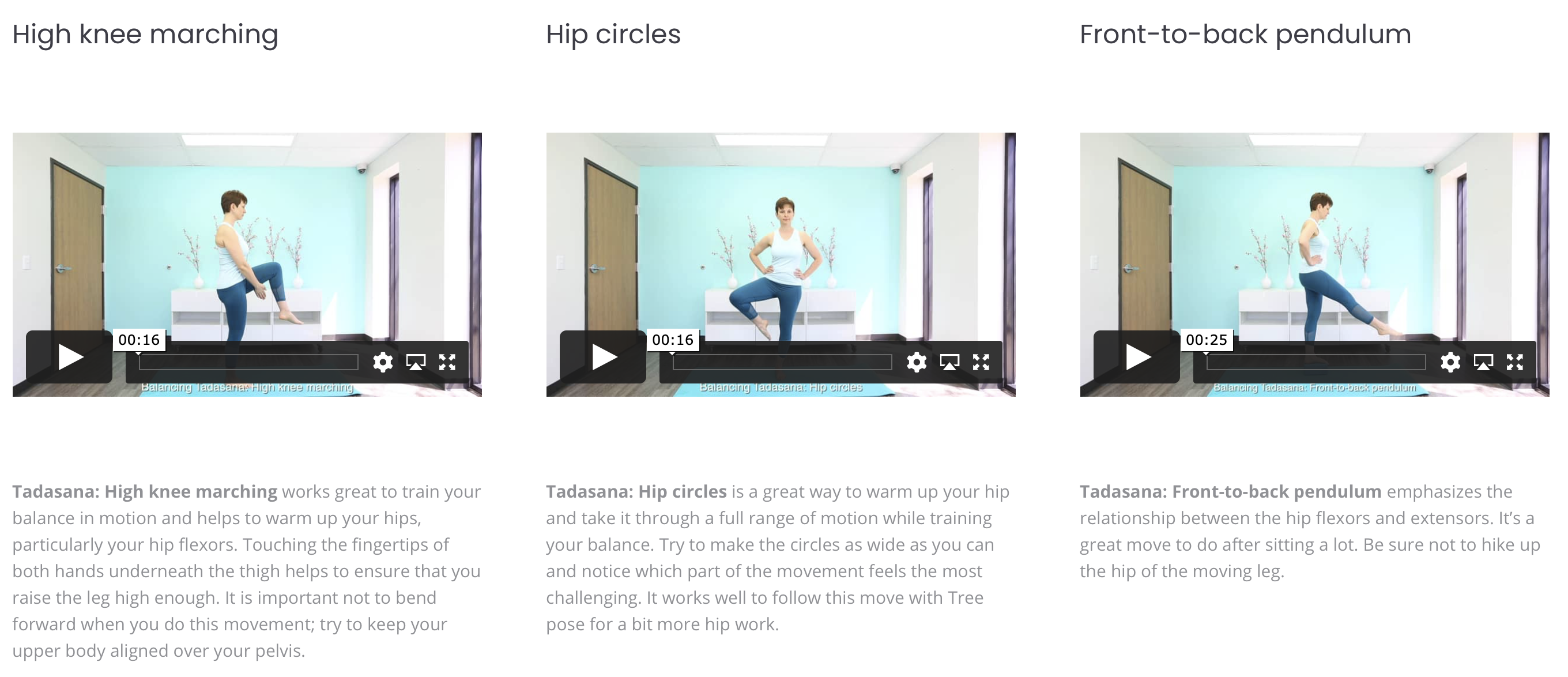
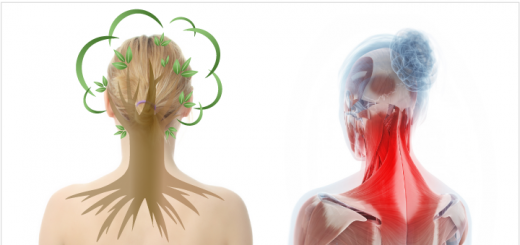

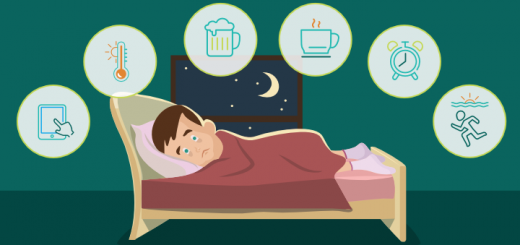
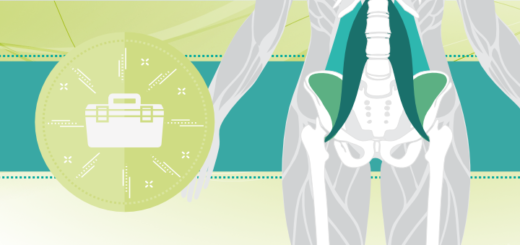

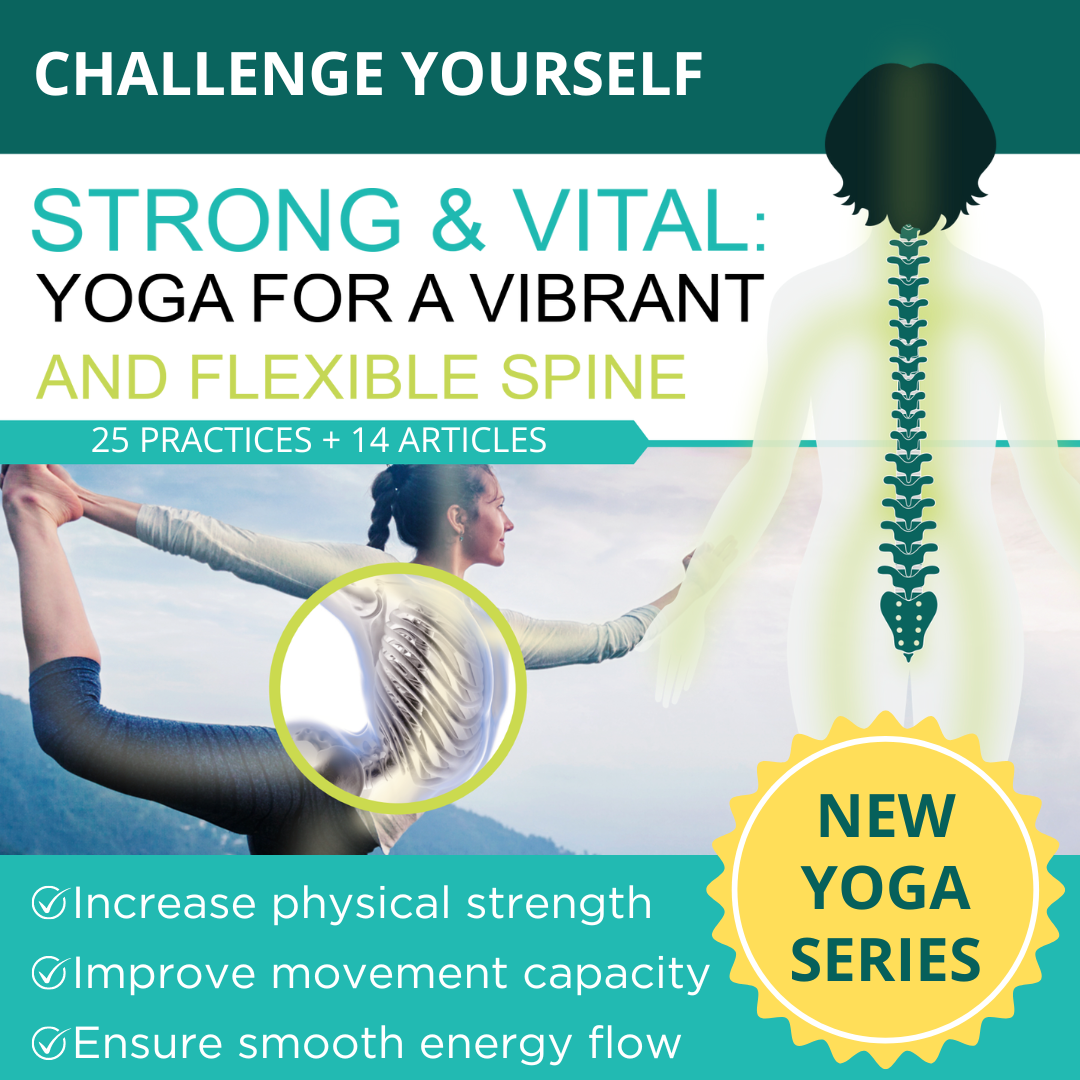
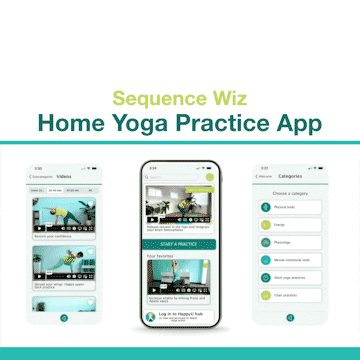
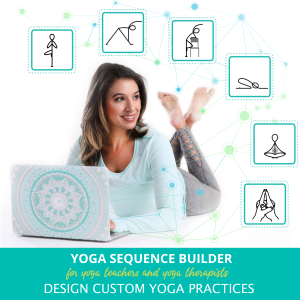
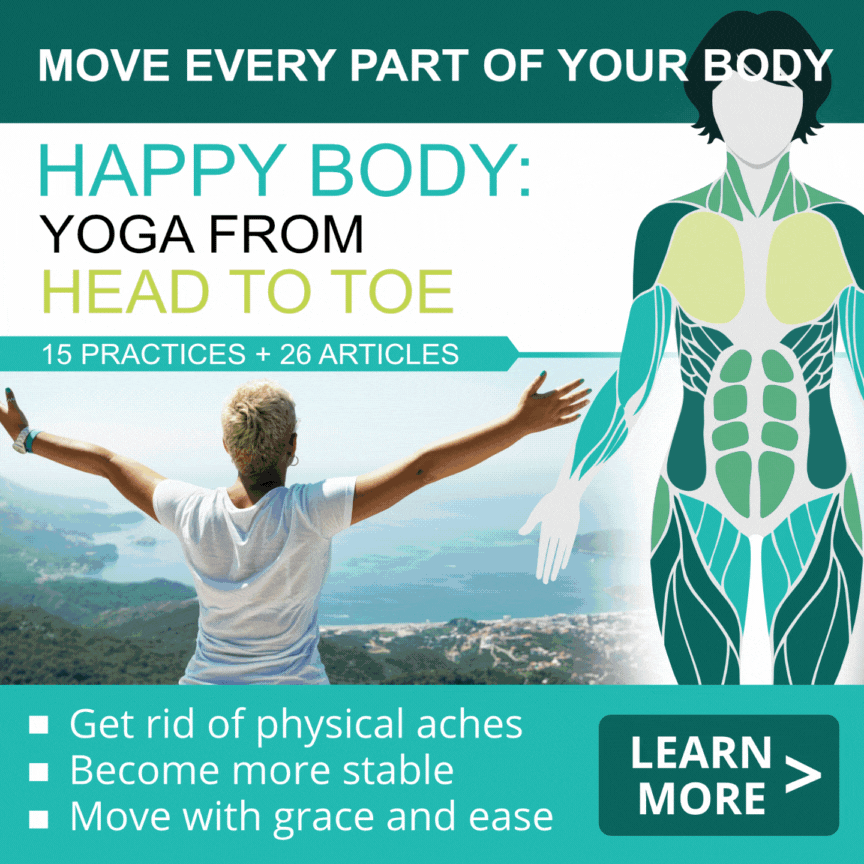

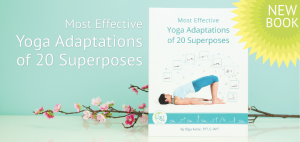
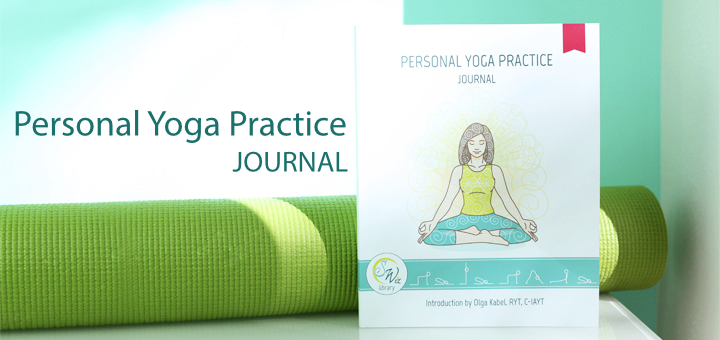
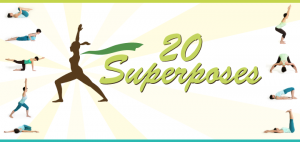
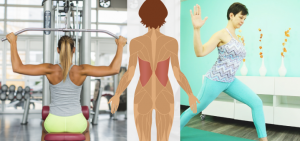
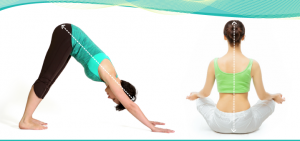

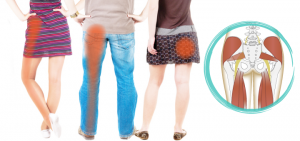
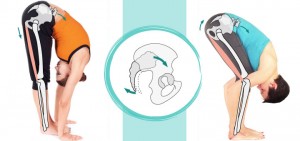
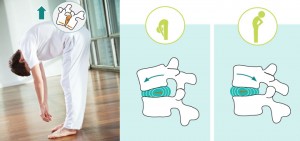
Thanks so much for your thoughtful ideas, Olga. Namaste.
Joining what Lisa wrote above. 🙂
Thank you Olga ❤️
Hi Olga,
Thank you for your wonderful blog. In general, I am confused between external rotation and abduction. Often, the same people whose knees come together in chair pose when their feet are apart (maybe because of weak abductors) have their knees splayed open in bridge pose. Why do their knees kiss when standing but pull away from eachother when laying supine?
Thank you for taking the time to read this!
-Karen
Hi Olga, In the move Tadasana half-circles. This little maneuver is amazing; I call it ”ballerina half-circles”. When you do the circles from front to back I notice that you do not externally rotate at the hip socket so that at the lateral position of the leg/foot the knee would face the ceiling and the ankle would face down top of the foot to the ceiling (as it is done at the barre 🙂 so I am wondering if you feel it is not important (especially since the leg is not raised and we don’t have to get the greater trocanter out of the way). So guess the question is are you not expernally rotating the leg at lateral arrival point because you think it is not important enough to add? Thank in advance Juliet
Hi Juliet! You are exactly right, I intentionally do not include external hip rotation in that movement because I find that I get better connection between hip flexion, abduction and extension when I exclude rotation. I usually do this movement to target that exact relationship. But I see no harm in including external hip rotation if that’s what you intend to work on (and especially if you lift the leg up higher) – as always, it all depends on intention 🙂 I hope this makes sense.
Hi Olga,
This is one of the pages I frequently visit on your website to refresh my ideas for Tadasana looks like the links to Instagram need to be updated. I just wanted to bring this to your attention.
Thank you for all the work you do for Yoga enthusiasts and teachers.
Thank you for your comment and for letting me know that the links appear to be broken. We will correct this; for now please check out our yogaadaptations.com page on Tadasana, this is the one we update most often.
Sincerely,
Olga Kabel
Sequencewiz.com
Thank you for the update, Olga.